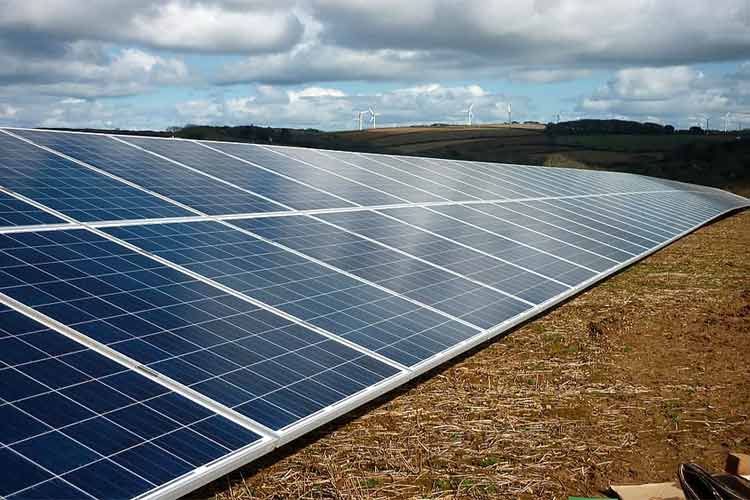Solar power is a fast-developing industry that has witnessed a boom over the past decade and there has been a major shift from it being expensive and exotic to a viable, cost-effective, and plain sensible source of energy. Several contributing factors have led to the surge in solar farms that have been popping up across the globe. The capabilities for harvesting solar energy have increased to a great extent and a large number of people seem to be leaning towards it more and more.
With this shift taking place at a drastic pace, people are coming up with ideas that can help them go green and make optimum utilization of resources available. One such viable option is setting up a solar farm. If you have a few acres of land and you want to build a solar farm, there are certain things you should know about before you move ahead. Herein, you will get to know about the solar farming trend, the reason for the popularity of solar farming trends, and the challenges faced while setting up a solar farm.

Solar Farming Trend
With the significant change in the solar farming trend, more and more people are making a shift and joining the bandwagon. The inclination of people towards solar energy can be well understood with the fact that the government of India had targeted generating 20 GW capacity solar power by the year 2022 but the target was achieved four years ahead of the scheduled time. The daily average solar-power-plant generation capacity in India alone is 0.30 kWh per m2 of used land area which is equal to 1400–1800 peak (rated) capacity operating hours in a year.
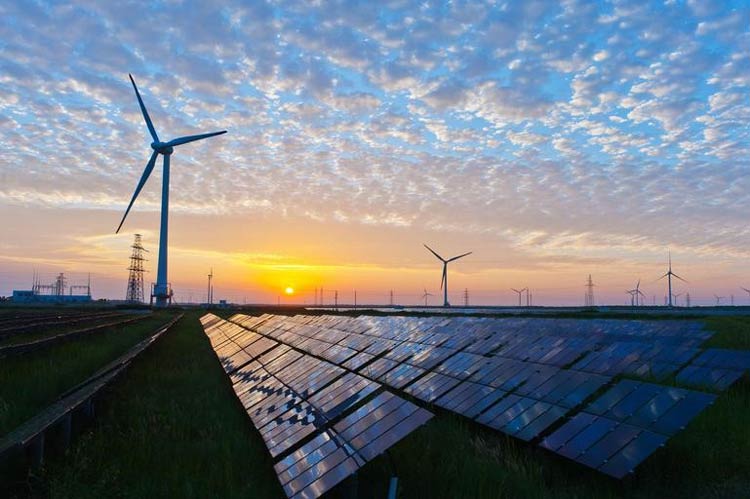
From Topaz Solar Farm in California to Desert Sunlight Solar Farm in the US, Mandsaur Solar Farm, Madhya Pradesh India, Springbok Solar Farm, US, Limondale Solar Farm, Australia, Nova Olinda Solar Farm in Brazil, several solar farms are generating power thereby helping people lessen down the impact on the environment.
According to the analysis of data compiled by BloombergNEF, in 2019, 35 solar power projects of at least 200 megawatts worldwide were commissioned which was around 17% more than the previous year. Even though the investment cost is high, the reduction in the prices of the panels which was around 88% in the last decade is expected to fall another 43% by 2030. This is one of the major factors that brought a boom in the solar farming sector.
Did you know, Pavagada Solar Park, in India is the largest solar farm installed in the world. Fully completed in 2019, the farm can generate 2,050 MW energy which further supplies energy to hundreds of thousands of households.
Why is Solar Farming Becoming Popular
There are a large number of croplands available that are not able to help landowners generate good income. Not just that, there are various vacant industrial land and sites that have not been used for years. Solar farms are now replacing such lands as it is easier to make money and of course, this helps in making optimum utilization of the vacant lands. Besides, solar farms can help generate power from the sun in an economical and environment-friendly manner. These farms solve the same purpose as solar panels installed on the roofs of the building with a difference in the amount of power generated which is huge in the case of solar farms and can help light a large number of households and offices.
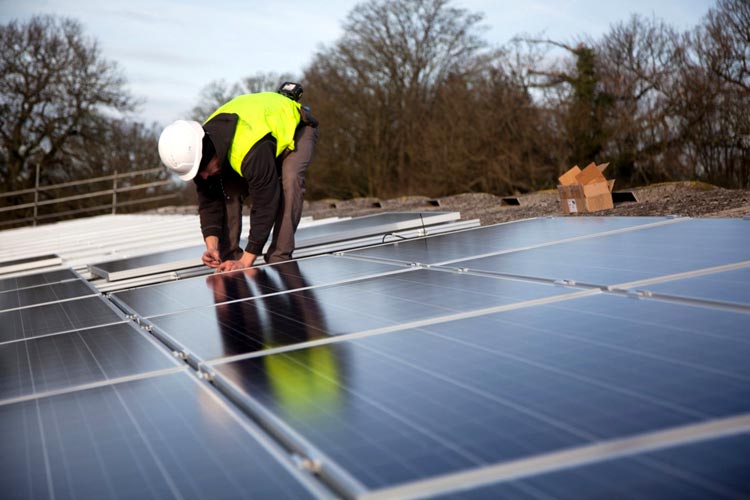
Challenges Faced in Setting Up a Solar Farm
Having discussed the solar farming trend and the benefits, we need to understand that there is another side of the coin too. Before you dive into the solar farm business, perhaps you might want to understand every aspect of building a solar farm. For example, what are the questions that need to be answered, what steps need to be followed, and what are challenges that one might face in setting up the solar farm? Just like any other business, there are plenty of challenges that we don't often hear about. Let’s talk about each of them in detail.

Finding Space
Nothing like owning land that you think can be used for building a solar farm. But obviously, this is not the case with everyone who plans to build a solar farm. Here comes the task of finding the space which is large enough to be used for building a solar farm.
Large utility-scale solar farms, such as Kamuthi Solar Power require up to 2,500 acres whilst the smaller solar farms can be built on just a few acres of land. Minimum 15 acres of land is necessary to set up a small solar farm. Depending on your budget, you can even go for more than 15 acres of land for setting up your solar farm. Do a lot of research and find out the space that suits your needs. If you have funds, you can straightaway purchase the land. Else, taking land on lease is one of the most viable options.

If you are opting to take land on lease, you need to ensure that everything is made clear in writing. Terms and conditions should be clearly stated in the lease papers.
Lease for the solar farm is long-term, the minimum time period of a lease for a solar farm is 20 years initially and there is an option to get it renewed for another 20 to 25 years. If the leasing agreement is directly done for a minimum of 50 years, you can be sure that there will not be a need to dismantle the solar panels anytime too soon.
Assessment of the Land
Proper assessment of the land is vital and challenging at the same time (if not done properly). Factors like the composition of the soil, proximity to power lines and substations, water access play an important role in the selection of the site. The location of the solar farms can be affected by the zoning issues. As mentioned in the point above, landowners’ legal rights, leasing issues can influence site selection. Also, the legal title for the sites is complex because all agricultural lands are not registered and are often farmed in tenancies and as part of farming partnerships.
Cost of Setting /Financial Challenges
Investing in solar farms needs to be done cautiously and after a lot of financial planning. Of course, the Return on Investment (ROI) is worth the investment as the recurring revenue will pay dividends for years. The cost of setting up a solar farm depends on several factors like location and available sunlight hours, cost of solar panels, installation, etc. The cost per watt for solar installations at a large scale is somewhere around $1 and 1 MW solar farm would roughly cost around $1 million to install. Arranging finances can be challenging if proper research and estimation are not done beforehand.
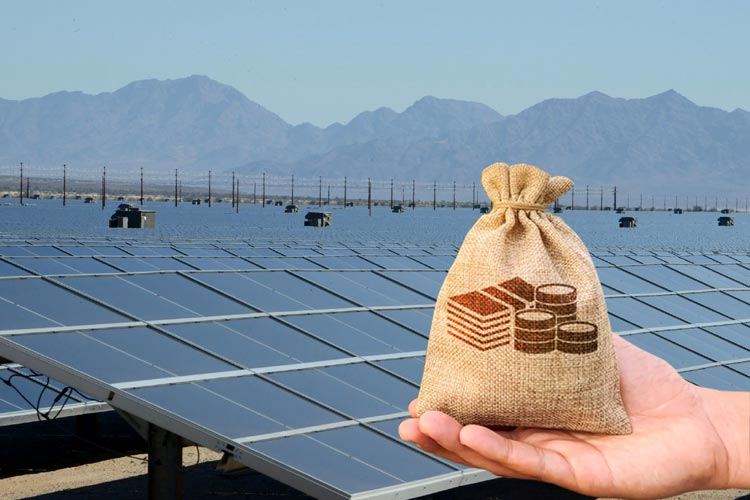
As a solution, there are many options. You can use your funds, use bank debts, etc. for the purpose. But if you don’t have the funds you can opt for investment/pension funds, asset finance, leasing, or approaching private investors/corporate investors. To get a solar installation done, most solar farms rely on a combination of grants and loans from private and public sources. National programs run by government lenders can be another source. A typical solar farm requires solar panels, inverters, transformers, long cables, etc., besides other necessary items.
Infrastructural Challenges (Grid Infrastructure)
The most important factor to consider is whether the grid connection is available from the distribution network operator or not. A high-level assessment of the planning position should also be undertaken at the same time plus cumulative local impact; land designations, access, and topography need to be kept in mind. Infrastructural challenges need to be carefully addressed beforehand. For the actual construction, approvals from local, state, and federal groups should be taken. Engineering should be finalized; all needed permits from the local permitting office need to be done. Stormwater runoff, erosion control plans, electrical drawings among other things need to be done to get permitting approvals. The construction bond needs to be acquired too that includes maintenance and performance bond.
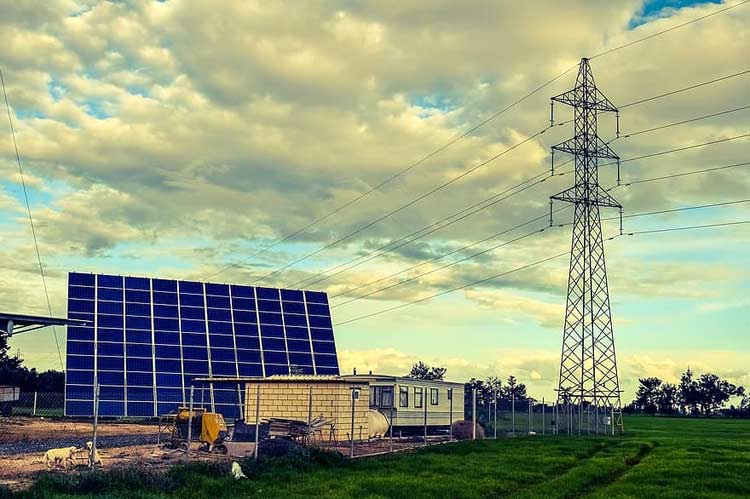
Legal Issues/Requirements
Setting up a solar farm is not one or two years deal, it’s a long term deal and every legal aspect should be taken care of before finally starting to build the solar farm. You should seek the lawyer’s help to get all the legal formalities done. Grid connection documents need to be assessed, appropriate rights should be granted for the entire length of the cable route, lease documentation should be done. Besides, grazing agreement, direct agreement, an energy performance certificate (EPC), operations, and maintenance contracts need to be taken care of. There are other documents too that are needed for finalizing the deal. Also, taxation issues need to be considered. Obtaining bank consent on lease agreement if the land is charged is also challenging.
Maintenance
Maintenance of the solar farm is not a daunting task if done properly. Several companies take responsibility for most of the renovation and maintenance tasks. It must be ensured that the maintenance and repair company you hire is in the same city where the farm is. It is preferred to work with a single company for such long-term projects. Working with many companies can raise problems in the maintenance of the solar farm. Also, it should be ensured that the land location has cleaning options and water sources this is important to maintain the efficiency of the solar panels situated close to the ground.
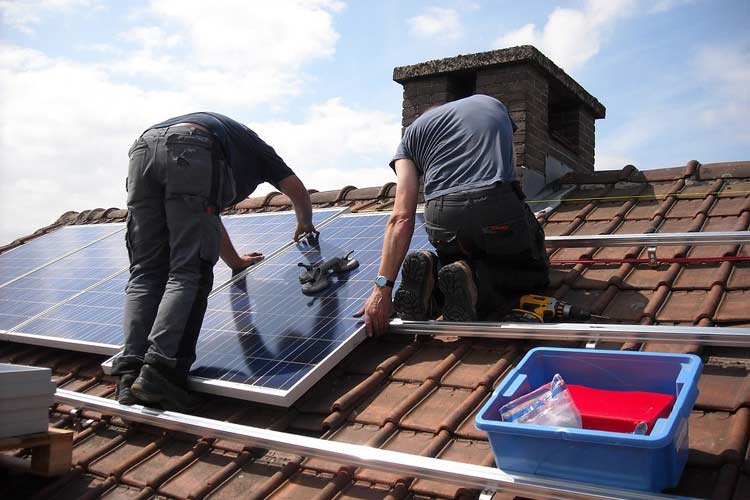
Right Supply of Power from the Solar Farm/Meeting the Demand and Generation of Power
Solar farmers should ensure that electricity supply through solar energy generated by the solar farm matches the highly dynamic end-user demand. Neither there should be oversupply nor a shortage of supply. Electricity generated through solar energy entirely depends on how much the sun shines through various seasons and geographical regions. Dispatchable power generators than can amplify or ramp down the electricity supply based on the obtainability of the solar energy need to be acquired. Supplementing efficient solar generators along with energy storage or batteries with the solar farm ensures the right amount of energy is supplied to the end-users. Oversupply of energy could cause a lack of new solar technologies in the future and therefore hinder long-term adoption of the resource.
Volt Farmer is an Australian based company that is working towards renewable energy. From solar to battery and smart energy management, the company aims to bring the renewable revolution. Talking to Stephen Todd, the Founder of the company, we got a better understanding of the challenges faced while setting up the solar farm.
“Despite the obvious benefits of a power station that requires no physical fuel solar farm developers run into a range of challenges which may sound surprising to the general public. Grid, community, landscape, shared value are some of the challenges faced while setting up a solar farm.
Talking about the grid challenges, he told us that electricity needs to flow from solar farms along the existing grid to the end-user. A solar farm, therefore, needs to be located near power lines that are strong enough to carry solar power. Not all wire connections are suitable due to constraints in the network and how the grid operator engineers seek to provide a steady and reliable electricity supply to consumers. Too much power at the wrong time or in waves causes voltage spikes and creates a nightmare scenario for the professionals who work for the utilities. Some solar farms in Australia have recently made the news as their output has been curtailed to ensure the grid isn’t damaged by power surges caused by clouds or too much power simply because demand in the area isn’t being used. To counter this many solar farm operators are looking to utility-scale battery systems controlled with machine learning software that works ‘with’ the grid. Other operators are also looking towards installing renewable hydrogen plants to convert the excess power into a storable energy form or even to sell the hydrogen to the growing mobility market.
When asked about the community challenges, Stephen said that large solar farms take prime agricultural land out of production and are attracting considerable pushback from farming communities. Whilst creating solar farms on non-irrigated land or desert may seem like a logical solution a nearby electrical connection is the fundamental driver of solar farm location. Solar farm developers simply need to find flat land near a suitable location and sometimes this is ‘good farmland’ One approach being pioneered by innovative solar farmers around the world is regenerative solar farm design where a combination of grazing animals, soil health programs, and pollinator-friendly planting buffers are being used to create highly positive outcomes. Volt Farmer a Victorian regenerative solar farm developer goes one step further with onsite sustainable agricultural enterprises, streaming educational resources, community shared value, and Indigenous Australian opportunity creation.
Other than these, there are landscape challenges. If a solar farm is well screened with meaningful planting buffers, then it can be an invisible but useful neighbor in rural communities. Even some of the very large farms can easily be buffered with a tree and mixed plant shelter-belt to provide habit as well as integration into the locale. Dropping a huge solar farm into what is a predominantly farming landscape without taking this effort inevitably results in community unhappiness. Adding to these challenges, another issue that one can come across while setting up a solar farm is the Shared Value Problem. Communities may also get upset if the value of the solar farm flows straight out of their area. Apart from using local labor to build the farms several financial opportunities are now possible to provide local small investors to take a stake in their ‘local’ farm as well as gaining access to the clean and fairly priced electricity.”
To wrap up, we can say that effective planning, management, execution, and getting things done in the right way, keeping all the points mentioned above can help in successfully building the solar farm. The word of caution here is that first understand every aspect of setting up a solar farm including challenges that you might face at the planning stage, execution stage, and quite possibly after the solar farm is set and is functioning.
From finding the right type of land according to the requirement to arranging the finances, checking the demand and supply of power, maintenance issues, all can be a less daunting task if done properly and can help you set to get your solar farm built in a way that you have to face minimal issues and you get good ROI.






